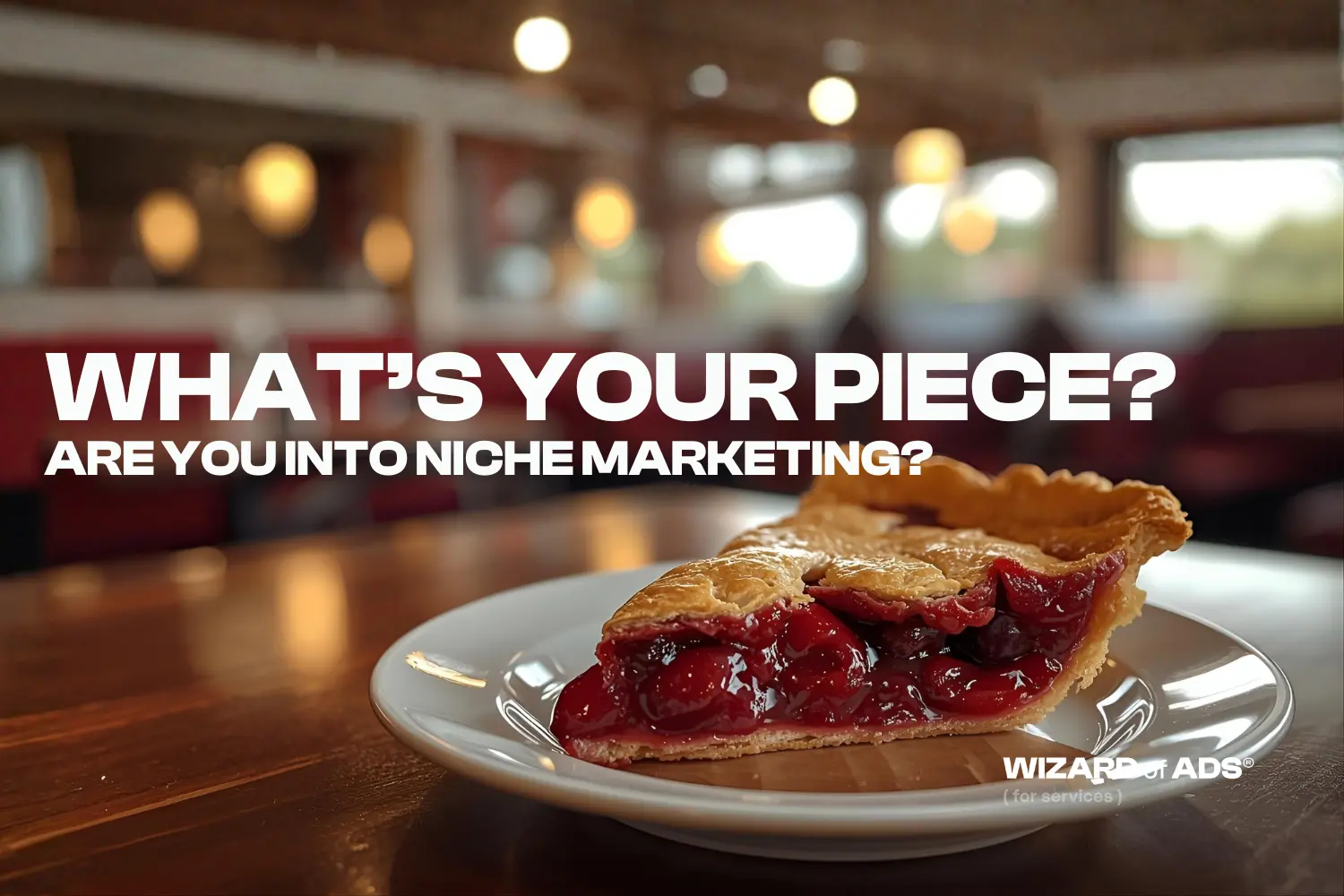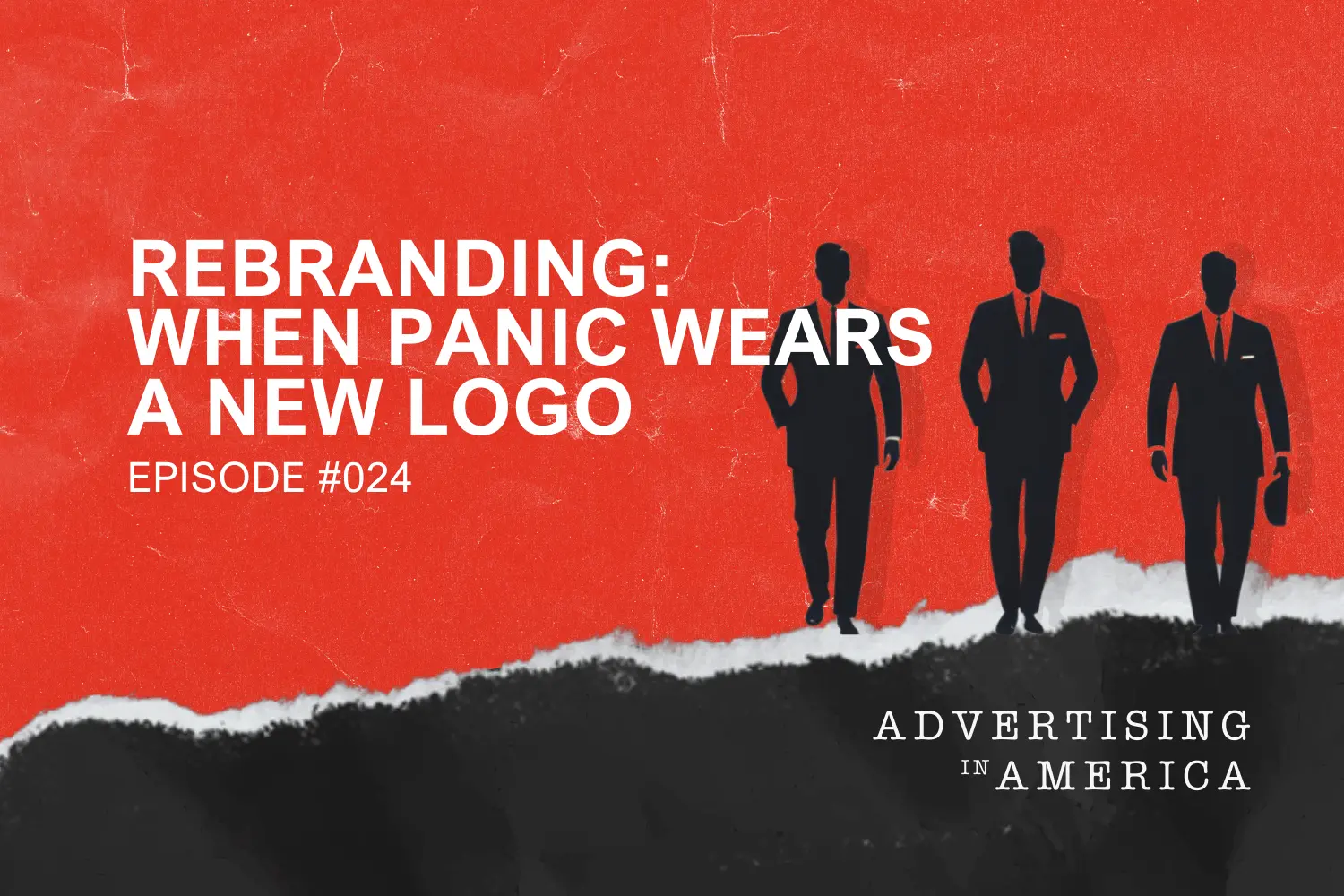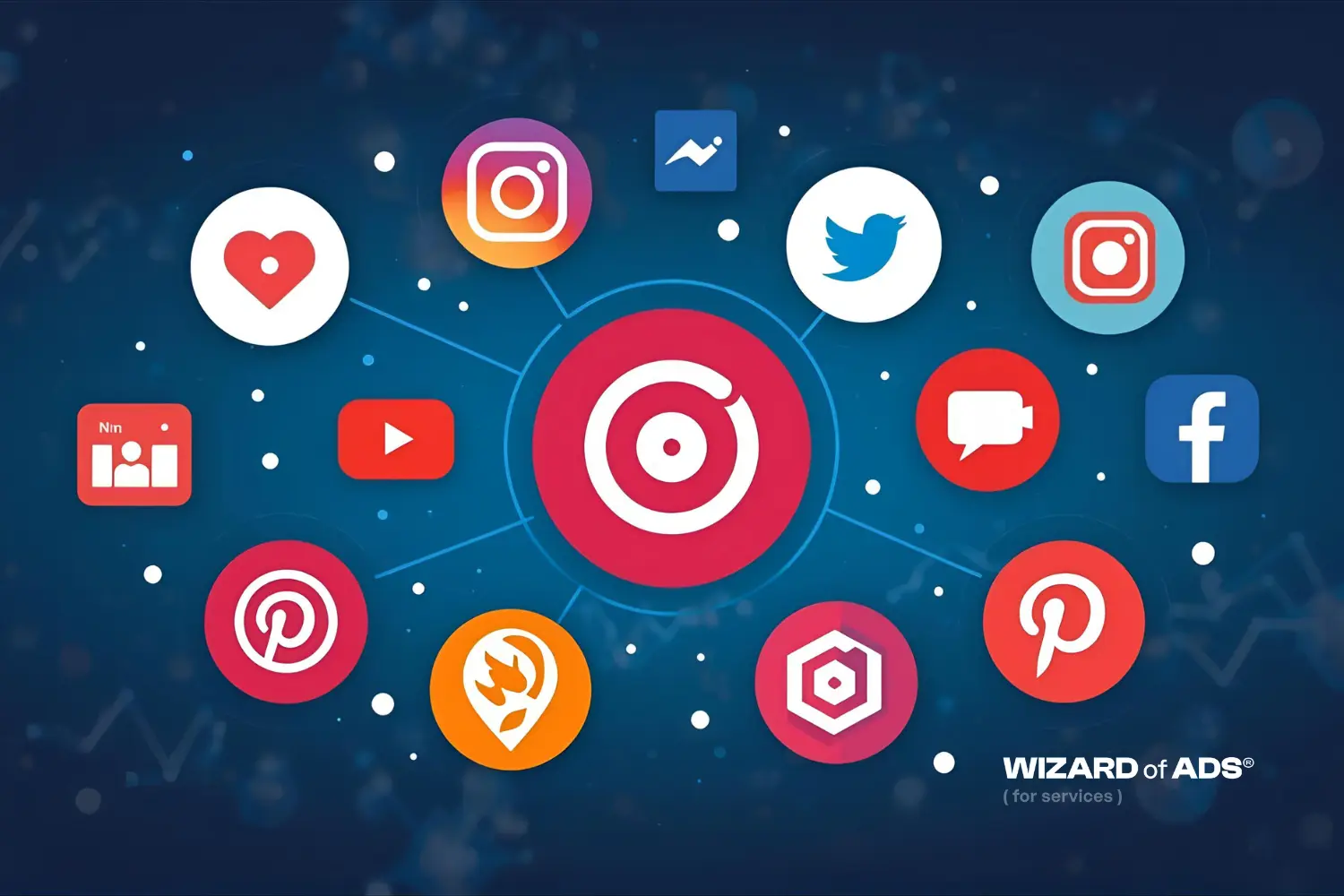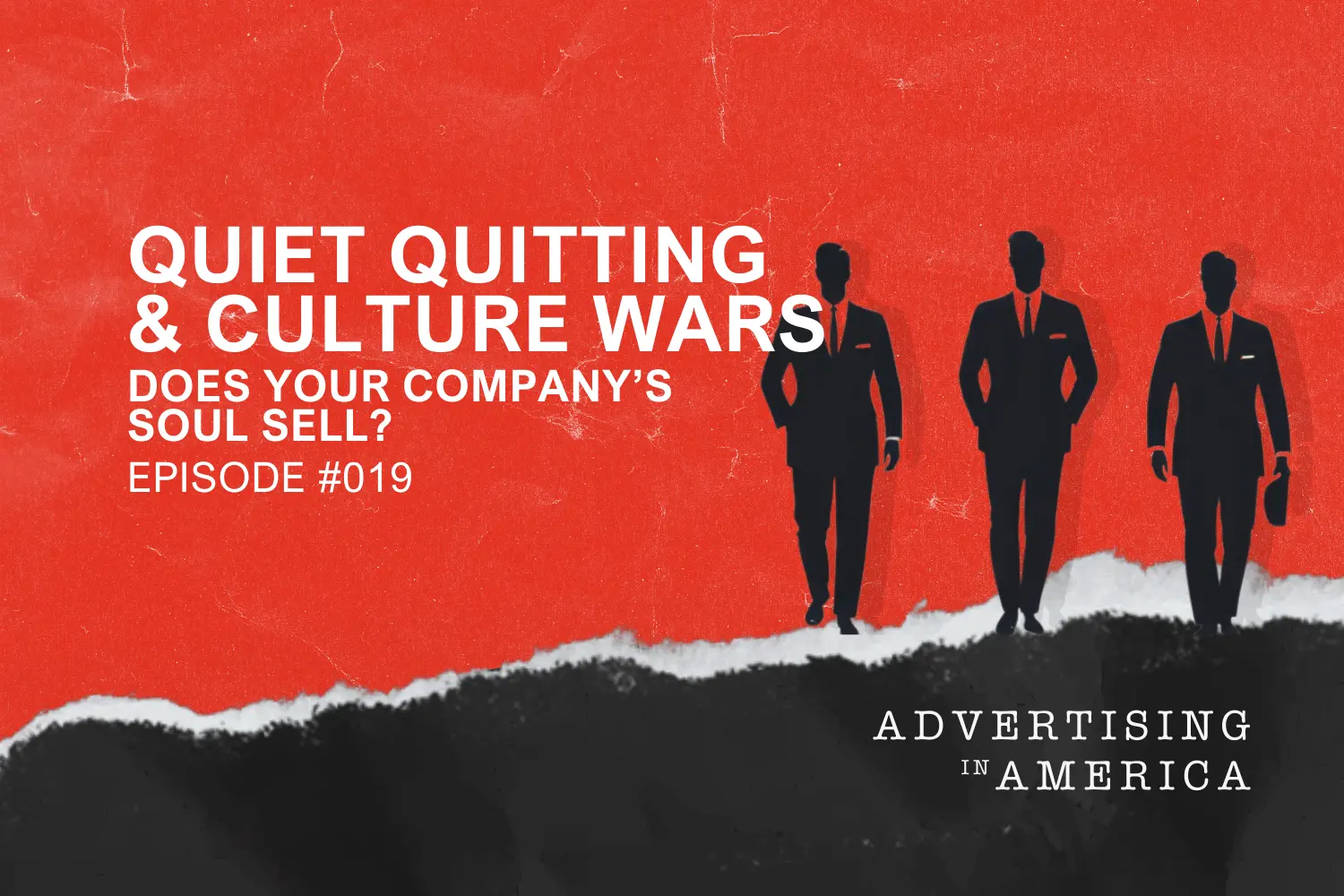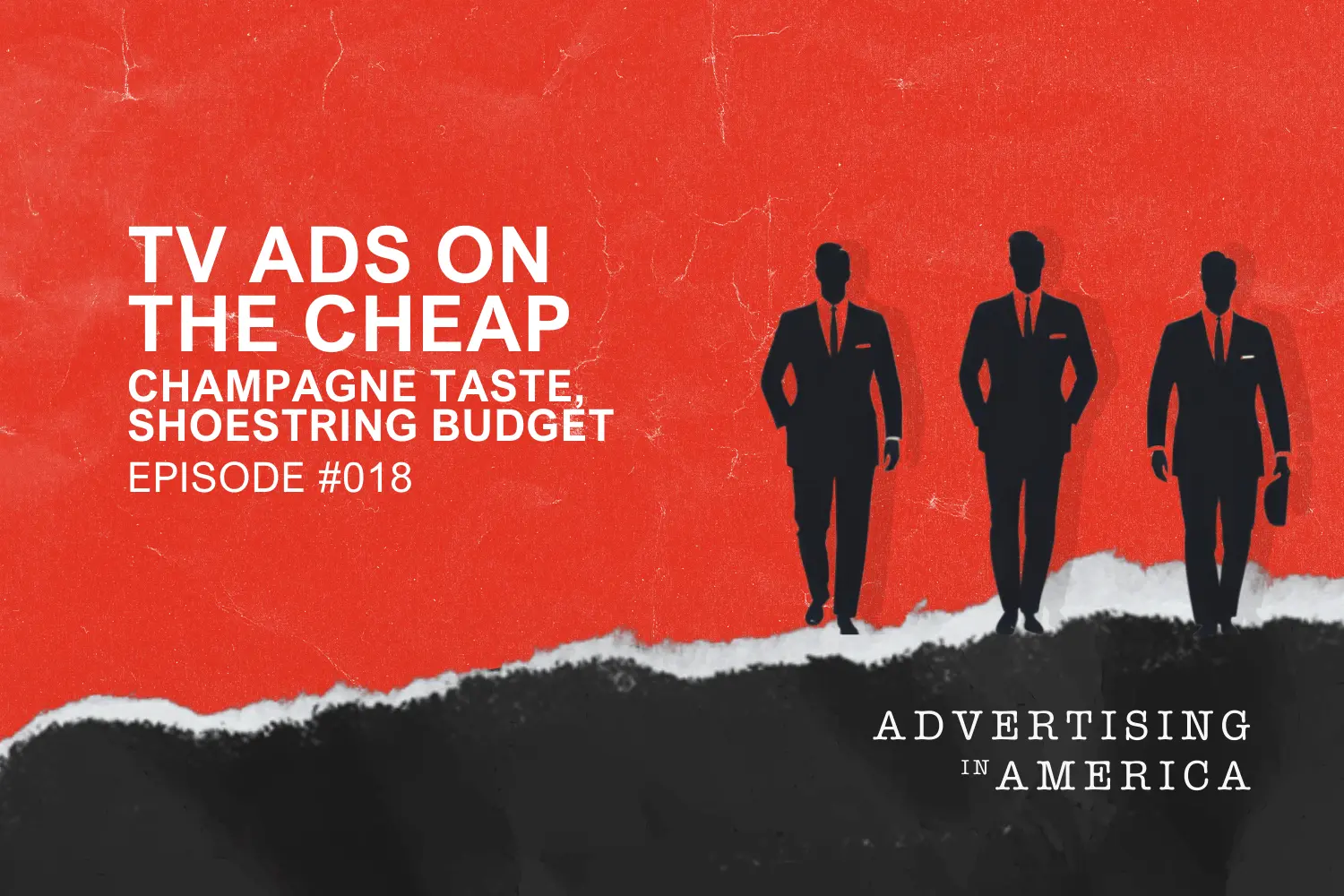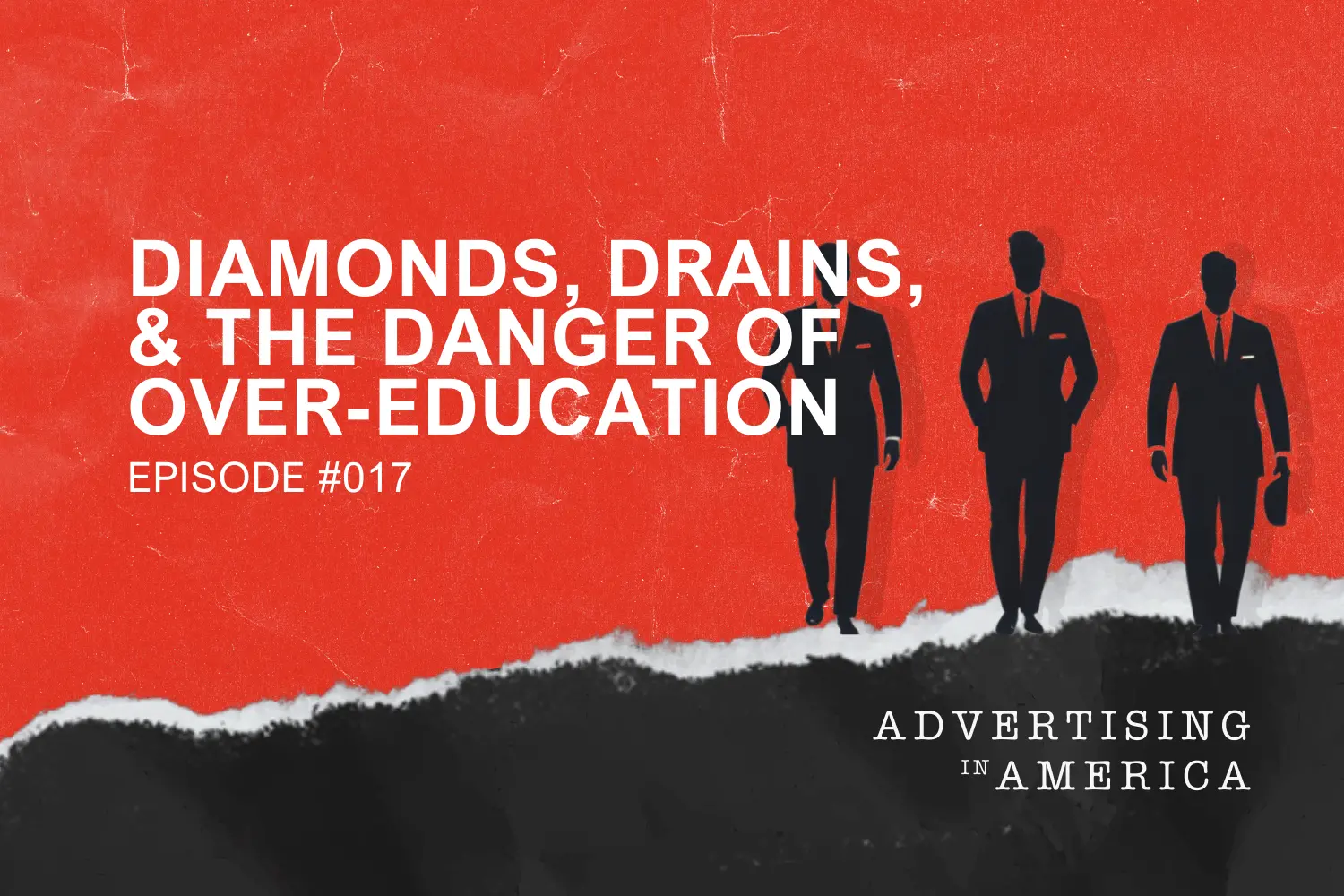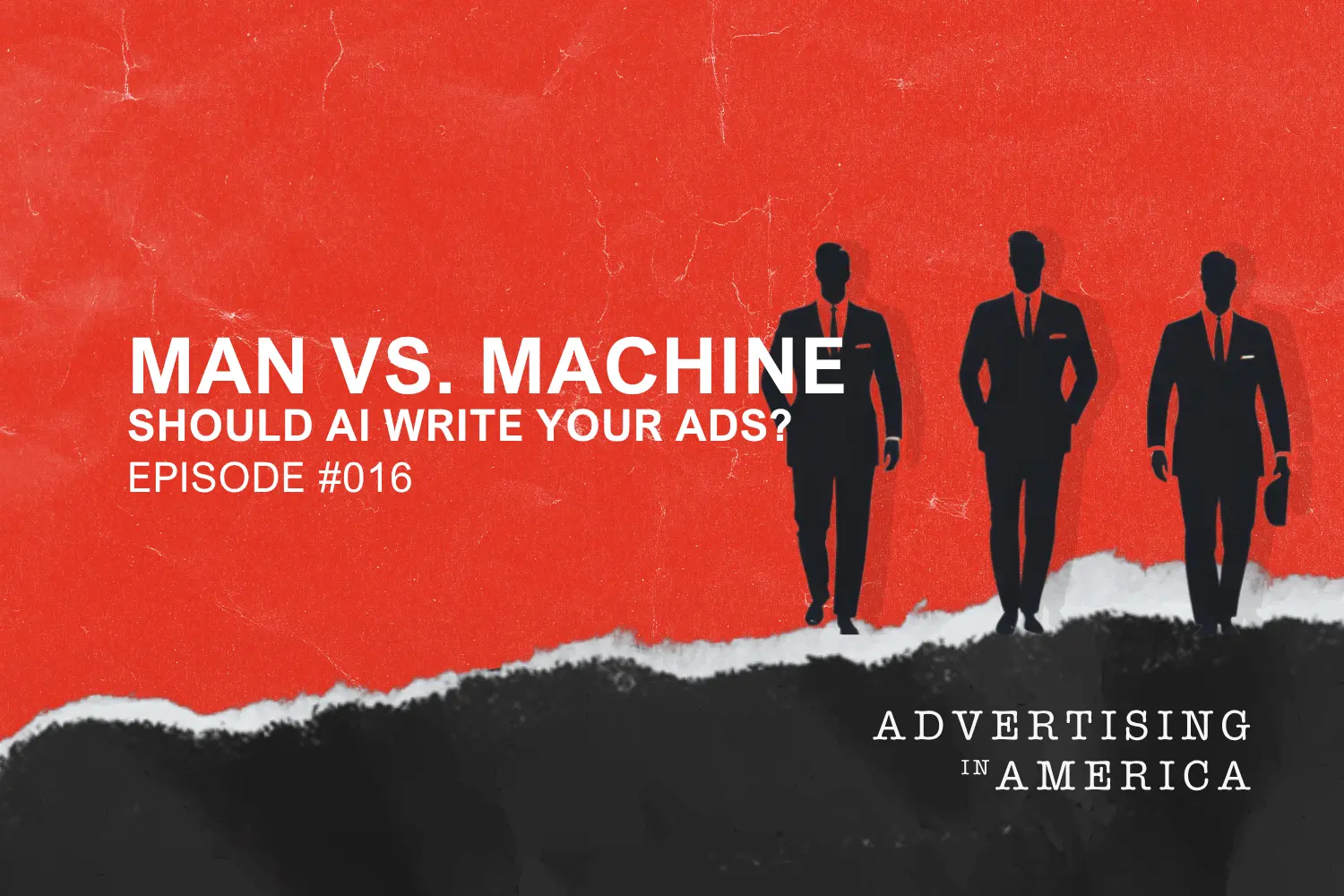
Just as there is a gap between knowledge and wisdom, there is also a gap between fact and truth. When you’re crafting your marketing plans, what do you rely on? Do you seek to present facts, or do you aim to deliver truths to your audience? As Frank LLoyd Wright once said, “The truth is more important than the facts.” What did he mean, and how does this apply to advertising?
Here’s an excerpt from Chapter 17 of Secret Formulas of the Wizard of Ads:
“No house should ever be on any hill or on anything. It should be of the hill, belonging to it, so hill and house could live together each the happier for the other.” “Frank Lloyd Wright designed buildings in his head, later committing them to paper for clients and contractors. When Edgar Kaufmann arrived unexpectedly in Madison, Wisconsin, and phoned that he was driving to Taliesin to see the plans for his house, Wright sat down at a drafting table and, in 140 minutes, filled sheet after blank sheet with the plans for what became known as Fallingwater, considered by many to be the most influential house of the 20th century. Finishing his work just as Kaufmann entered, he stood and said, “I’ve been waiting for you.” Though he never penned a single word of advertising, Frank Lloyd Wright remains a legend among the wizards of ads, who know him simply as ‘The One Who Got Away.’ ”Frank Lloyd Wright made it his mission to create unique structures for unique people and circumstances. He sought the truth with his designs, rather than relying on conventional architectural techniques and procedures. With your ad campaigns, you’ll need to do the same. Without this level of specificity, then you might reach everyone, but move no one. Instead, with focus and clarity, you can move your ideal customers to act on your offers. Let’s go over the basics of ad campaigns, first, though.
What Exactly are Ad Campaigns?
Ad campaigns are series or sets of advertisements that fit together to convey one central message to an audience. That message should be aimed to drive a particular business goal, such as increased sales revenue or improved conversion rates. All aspects of the campaign will align to compel your audience to take a particular action. They tend to work as funnels, or paths. One ad leads to the next, and so forth. By capturing your audience’s attention with the first step, you’ve grabbed them. Then, your content and offers need to propel them through the rest of the funnel. Each step needs to be strong, and the process needs to move quickly. Otherwise, you’ll lose prospective clients along the way, which is a waste of your time and money. Marketing resources ought to be used effectively, but this is as much of an art as it is a science. We’re here to guide you through, though, so fear not.
What are Good and Bad Ad Campaigns?
It takes a lot of market research and understanding to craft a good ad campaign. If your ad campaign fulfills your business goals, then you can say it was good. And if it doesn’t help you meet your goals…well, then it probably was bad. By bad, we just mean that it didn’t serve you the way you needed. It doesn’t mean your marketing ideas are bad, or that there was something inherently wrong with your thought process. It might just mean that you got caught up somewhere along the way. The implementation, the presentation or many other aspects could have failed your campaign. To figure out what it was in particular might take some time. But we’re happy to help guide you along the way to ensure your first attempt is more successful. And you can always test, revise and re-implement. Generally, the more focused an ad campaign is, the more effective it is too. The goal is to reach the customers who are most likely to buy your product or service. To do that, you’ll need to identify who benefits from your business and how you can show them that benefit. If you’re having a hard time creating and implementing an ad campaign that works for you and your business, then let’s connect. With Wizard of Ads® for Essential Services, you’ll get the support and expertise you need to drive your sales up and achieve the growth your business deserves.

Why Doesn’t a “One Size Fits All” Ad Solutions Work?
It’s important to highlight what’s unique about your company, product or service. That means you can’t use a “one size fits all” approach. Since all solutions aren’t equally effective for your audience, you’re going to want to show them why your solution is ideal for them. Compelling an audience to take action on an offer requires a creative approach, which means setting yourself apart from the competition. If you don’t have a fresh take on your advertising efforts, then your message will feel stale to your customers. To make the most of your ad campaigns, make them unique and engaging. That’s how you can make them as compelling as possible. Otherwise, your brand will get lost in the noise.
Characteristics of Good Ad Campaigns
Even though much of this is creative, artistic work, there are definable aspects and actionable steps you can take to achieve success. Good ad campaigns have some things in common. That’s why we’ve gone through the process of identifying the eight most important characteristics of a good ad campaign. Ready to get started? Here we go.
Noticeable
If no one notices your campaign, then it’s guaranteed to fail. For an effective campaign, you first need to grab your audience’s attention. And you’ll need to hold onto it, too. If there are multiple steps in your campaign, then each step needs to re-grab the client’s attention.
Holistic
When you craft your campaigns, make sure you’re taking a holistic approach. That means you’ll want to touch on all of the different aspects of your service or product that are relevant to the campaign. By leaving out information, you might be lowering your conversion rate. To make sure each part of the campaign is concise enough, though, you can spread this information out over multiple ads. Your campaign needs to be more holistic than each individual step. The individual steps need to be focused enough for clarity, and then your ad campaign as a whole should leave a holistic impression with your viewers.

Fully Represents the Brand
If your clients are going to trust your brand and stick with you, then you’ll need to represent yourself accurately and fully. Show them who you really are, and don’t leave anything out. The core principles your company adheres to should be distilled down enough to include in your materials. You don’t need to write your mission statement in your ads, but you do need to ensure your brand comes through in an accurate and compelling way. Your values matter, and your audience should think so too.
Creates Emotional Reaction
Propelling your prospective clients through the steps of your ad campaign, and eventually your sales funnel, requires emotional reactions on their part. If they don’t feel something, then they won’t act. They need to care, and you need to show them why they should care. By addressing their desires, motivations, fears, pain points and more, you can fuel something inside of them. When your audience is passionate, they’ll act on your offers. Make sure you can deliver what you promise, though, or else those emotions will quickly change to be negative. Negative reactions will hurt your brand.
Delivers Clear and Strong Message
If there isn’t one central takeaway, then your campaign won’t achieve the goals you seek. Without the focus of one, clear, strong message, your audience will be confused. And a confused audience doesn’t take the action you’re offering them. To decide on your central message, look back on your goals. The goal you have in mind should inform all aspects of your ad campaign. It’s especially important for the central message you choose, though, which will determine the ways in which you communicate your offers.

Simple but Suggestive
You don’t need to say something to imply it. Suggestive implications can be very engaging for people. When you drop breadcrumbs for them to follow, they’ll be much more pleased when they get to the end. People enjoy this process, as it engages their sense of curiosity and wonder. Craft your content and design your funnel to really play into this sense of discovery that your clients can achieve by following your trail. If you can get your audience members to enjoy each step along the way, they’ll be more likely to convert to customers. Make them wonder, but make sure you give them enough to work with.
Contains Lines That Are Easy to Remember
Your ads need to make an impression. That impression needs to be not only significant, but also long lasting. Maximize the impact of your words by crafting lines that are easy to remember. Play around with different one to see what sticks, and remember that the longer a line is, the more clever it needs to be.
Creates a Sense of Trust
When your audience trusts you, they’ll be more comfortable engaging with you. To facilitate the sales process down the road, show them your expertise now. And when you establish a strong relationship with your clients, they’ll be more likely to come back for continued purchases or contracts with you. With repeat customers, your sales will steadily increase, and the cycle will snowball. How do you create trust with your customers? Do you need help designing your ad campaigns to convert more sales and increase your company’s revenue? If any of the information here is intriguing, but you need help implementing it for your business, then let us know! At Wizard of Ads® for Essential Services, we’re here to serve you. Contact us today to learn more!

